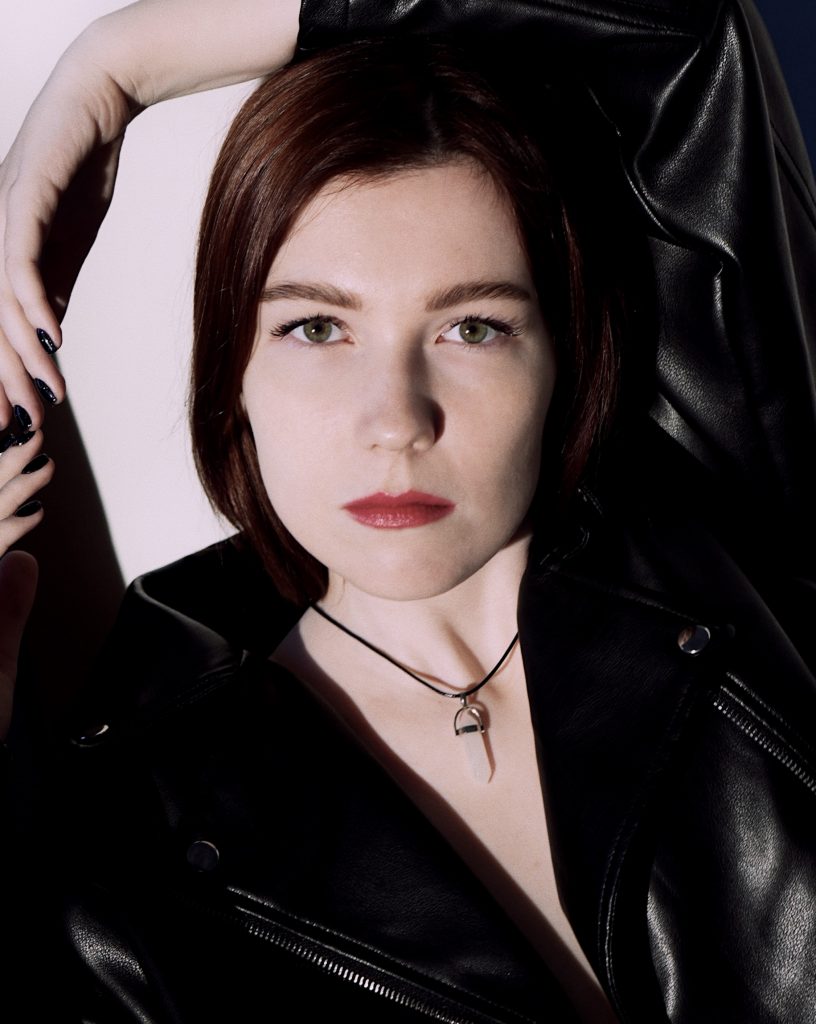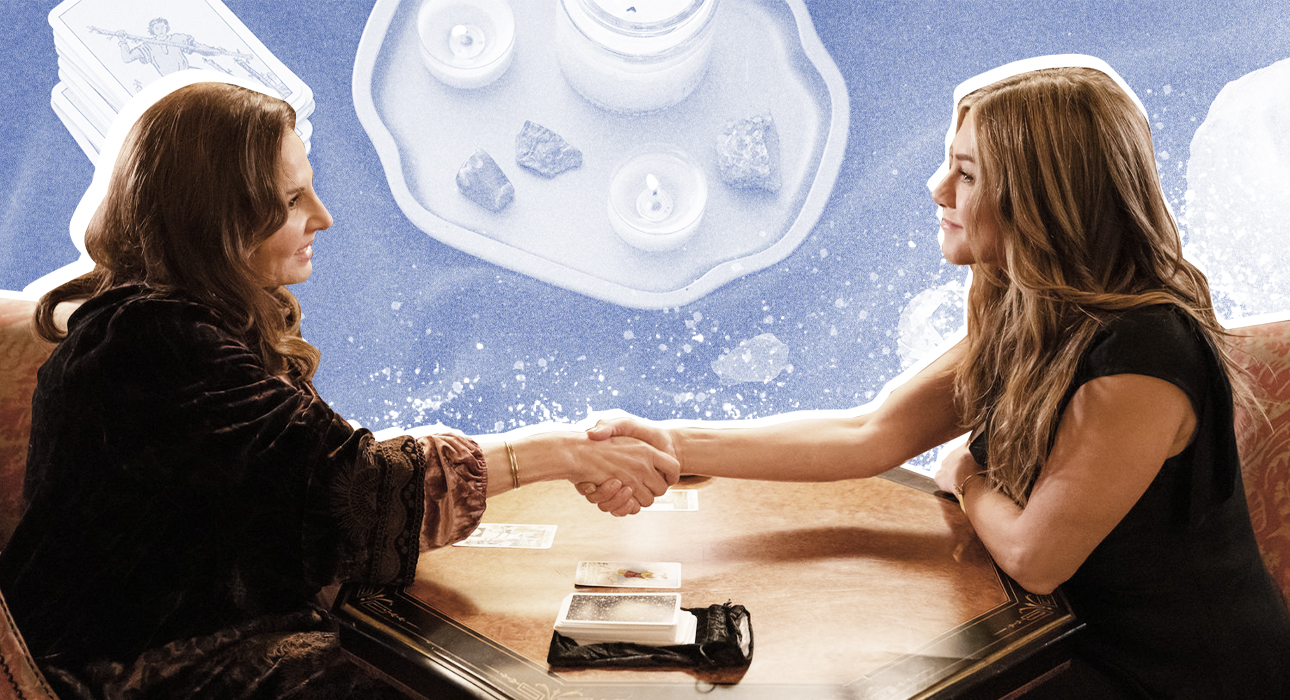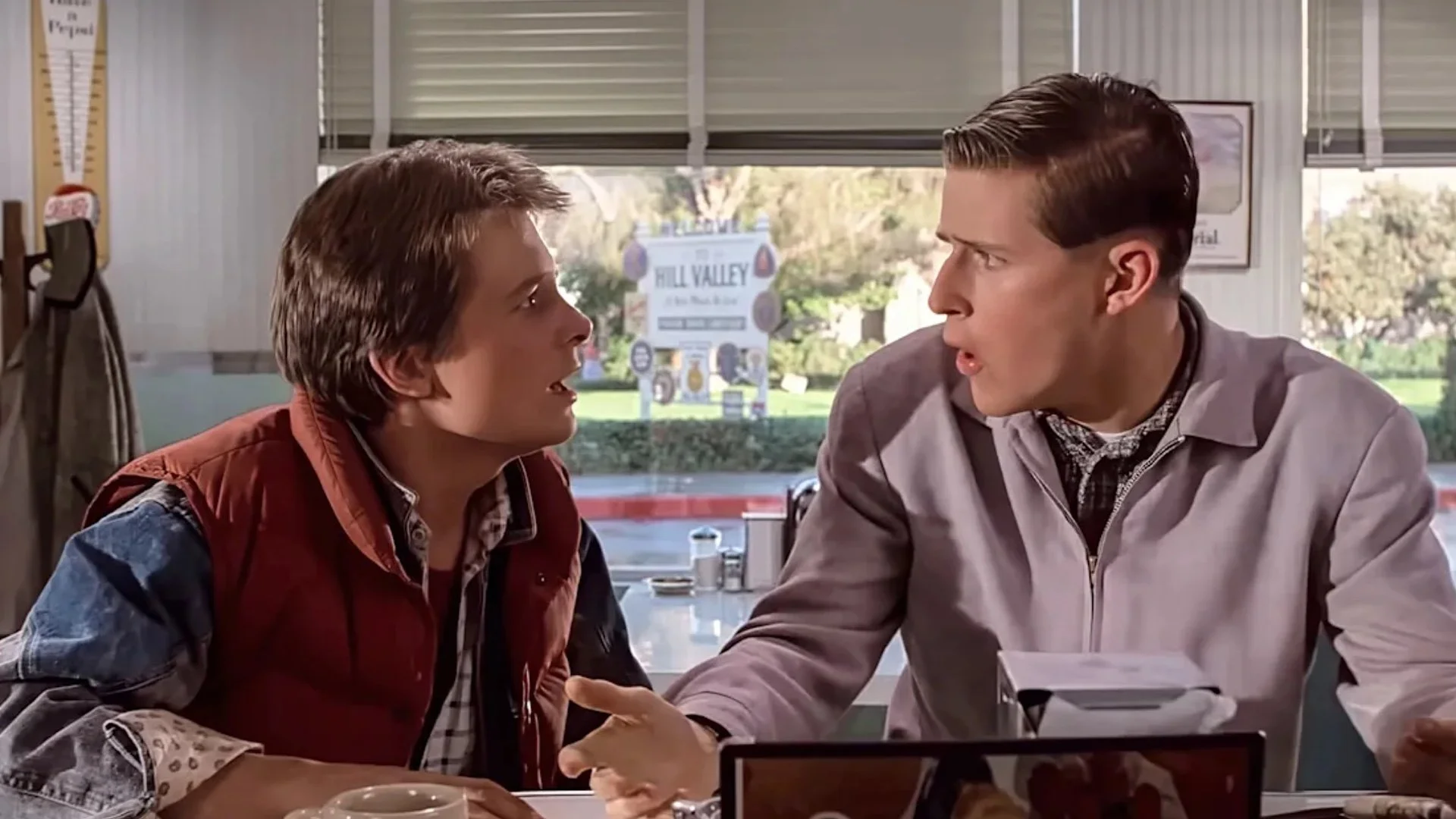You’ve probably heard of metaphorical relational cards (MACs). What is that? Are they about a deck of Tarot cards? Who invented these and when? What rules should be followed when planning? So in what situations will they help?
Astrologist and tarot reader Katarina Shorokhova answered all these questions exclusively for The Fashion Vibes. She explained what metaphorical cards are and why she actively uses them in her work.

Katarina Shorokhova, astrologer and tarot reader
What are metaphorical cards?
This is a psychological tool based on the projective technique. Projection is the reflection of what we see on the map and our unconscious. In simple words, each person sees something different on the map. Unlike Tarot, metaphorical cards do not have a fixed meaning. In fact, the meaning of MAC derives from the name of the cards. The images on the cards evoke some associations that we can transfer to our lives. We can also see in the map a metaphor that is somehow superimposed on our lives. For example, you see a card with a picture of a bird flying out of a cage. What does this mean to you? Some are salvation, others are a way out of the comfort zone, etc. he will say.
When did the first metaphorical cards appear?
The first cards, the MAC prototype, were created by Eli Raman in 1975, but interestingly, he did not intend them to be a psychological tool. He was an art history professor and created a card deck of miniature reproductions of paintings to give everyone quick, pocket-sized access to art. A sort of analog era Pinterest.
But in reality, the cards turned out to have much greater potential. In 1983, Professor Raman met psychotherapist Moritz Egetmeyer and showed him his cards. And he realized that these cards could be used perfectly in psychotherapy. Patients can be encouraged using cards and encouraged to talk openly about their concerns using metaphors. After all, they will talk about the map, not themselves. New meanings were given to the cards by adding supporting backgrounds with words to the visuals that could be combined with each other. This is how the first metaphorical deck of cards called “OH Cards” appeared. They were named this way because they evoke real emotions in those who see them.
Thousands of decks have now been created. They are all very different in design, theme and intended use. Images can be absolutely anything. There is also a classification of metaphorical associative cards: for example, there are portrait decks in which only people are depicted, such cards can be used to assess the personal situation, and there are resource decks suitable for searching for a resource, support. the positive side of a situation, etc.
How to use metaphorical cards correctly?
What are cards used for? To find the answer to your question here and now! Figurative cards have a wonderful property – they help us look at an exciting situation from the outside. After all, when we describe the map, it’s not like we’re talking about ourselves. But actually, this is how we find the answers within ourselves.
Can I use the cards myself? My answer is yes but you need to know a few basic rules:
Do not consume alcohol or any mind-altering substances while working with the cards;
Do not use a card if you have a diagnosed mental disorder;
Don’t ask anyone to “tell” you what the card means, because each person has their own individual associations with the card.
There are many techniques for working with cards, but the most important thing to remember is that you must create a question before removing a card. Formulating the question clearly will help you understand what is most important to you at the moment.
The most important questions you can ask when working with cards for yourself:
What is my current situation?
What situation do I want to be in?
What will help me find resources for something?
To work with an image on a map You can ask yourself supporting questionssome:
What’s happening on the map?
How do I feel when looking at the map?
Am I on this map?
Do I want to add something to the map image? Or should it be removed?
But remember that you should not start working with cards on your own if you are too worried about the question asked. It would be better to contact a MAC consultant who will choose the appropriate equipment for you and carefully guide you with the cards.
Source: People Talk
Errol Villanueva is an author and lifestyle journalist who writes for The Fashion Vibes. With a passion for exploring the latest trends in fashion, food, travel, and wellness, Errol’s articles are a must-read for anyone interested in living a stylish and fulfilling life.





